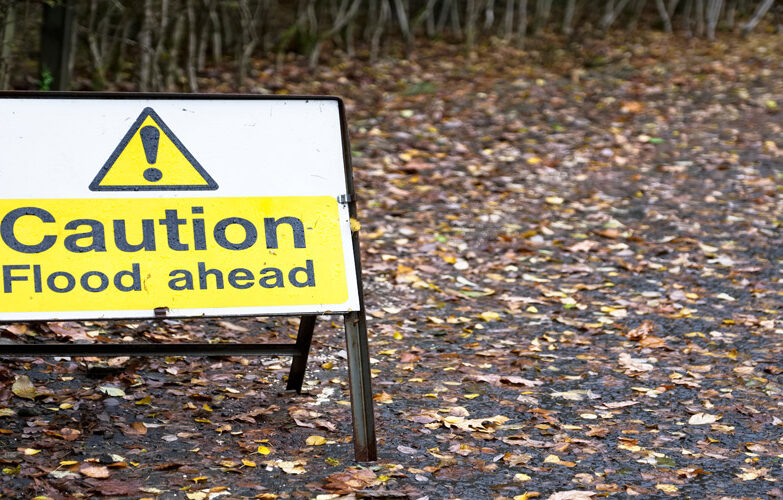Staying Safe against Flooding & Flood Damage
In the aftermath of the recent storms, which brought widespread flooding across the UK, we take a look at what […]

In the aftermath of the recent storms, which brought widespread flooding across the UK, we take a look at what steps you can take to protect your property in future.
The severity of the weather has meant that properties previously not considered to be situated in flood-prone areas may now be at risk. Have you checked if your property, whether commercial or private, is situated in a flood risk area?
The very first step to protecting your home or business is to devise a plan which can be activated if and when flooding is imminent. Creating an in-depth, structured plan will allow you to respond to flooding in a timely manner and therefore minimise risk and damage to your property.
Here are some tips on what your flood plan should include:
Contact list
Create a list of contact details of businesses or people whom you may need to get in touch with in the event of a flood. This should include insurance providers, service providers, local disaster relief agencies and if you own a business, contact details of your employees. The Environment Agency’s floodline number is 0345 988 1188.
Service cut off points
Make a note of where the service cut off points for water, gas and electricity are located in your property. It might be helpful to label the locations on a printed map and include instructions on how to operate each system.
Important documents
Write down where important documents (insurance policies, customer files, evacuation plan) are located within the building.
Protective actions
Have you thought of ways you can protect your property and minimise risk? Steps could range from moving electrical sockets higher up the wall to installing shelving and making copies of important documents. Write down actions applicable to your home and/or business and tick off when completed. 2
Advice for staff
Your plan should include information for your staff on evacuation processes and meeting points in the event of flooding. Flood water can pose various health risks including a number of diseases and chemical hazards. Employees must be aware of these dangers and know how to protect themselves.
Action checklist
Finally, your flood plan should include an action checklist; a list of tasks to carry out when there is a high risk of flooding. These tasks may include moving furniture and electrical items to safety, covering items in protective materials, or rolling-up rugs and carpets.
If you’re a business owner, you need to ensure that all members of staff are aware of the flood plan and know how to carry out prevention procedures. Also, make sure you check that your business and/or home insurance policies are up-to-date and provide you with sufficient coverage in the event of a flood.
The aftermath of flooding can be devastating – taking simple preventative steps to protect your home or business will help to significantly minimise risk in the event of a flood.
Flood Insurance & General Insurance Brokers
For more infomration about Flood Insurance and general insurance questions, contact Weir Insurance Brokers on 0800 281 453 or visit their website. They have been looking after the insurance needs of individuals and businesses in the North East for over 50 years, and as one of the largest independent brokers in the region, they know how to look after yours.
Finding the right cover isn’t easy. Rushing into the wrong policy can leave you at risk, or paying too much. Whether you’re looking to insure yourself or your business through an established insurance broker, the friendly experts at Weir Insurance Brokers will suggest the right solution for you.